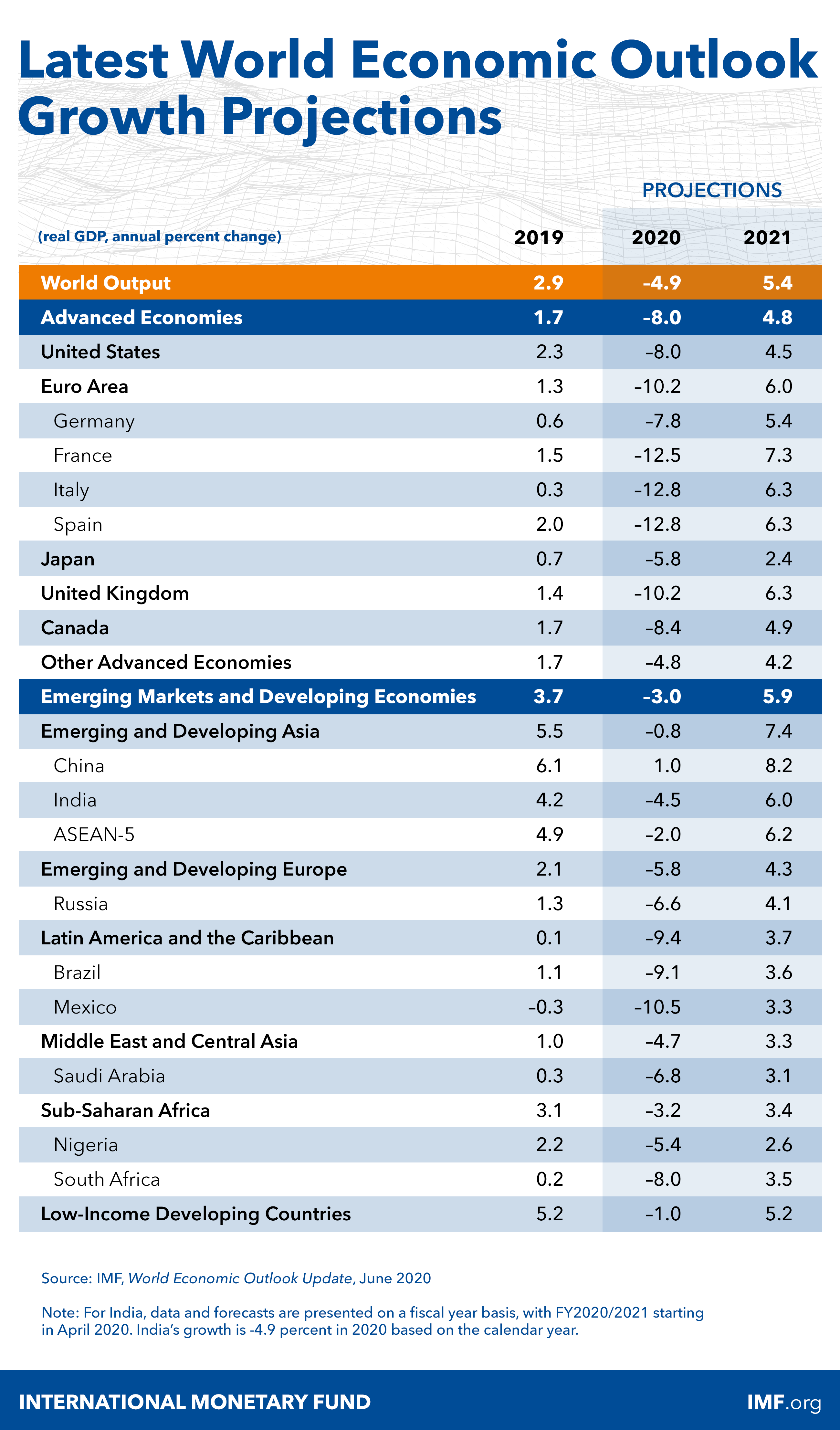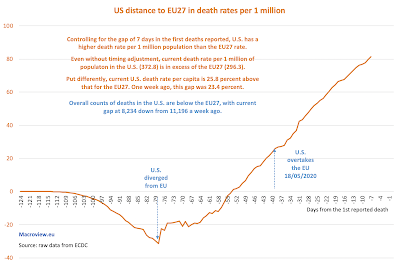Trump cheers today's unemployment figures... and...
Week of June 13th non-seasonally adjusted new unemployment claims were revised up to 1,463,363, from 1,433,027 published a week ago.
First estimate for the week of June 20th came in at 1,457,373.
Total initial unemployment claims filed so far during the COVID19 pandemic now sit at a massive, gargantuan 43,303,196, while estimated jobs losses (we only have official data for these through May, so using June unemployment claims to factor an estimate) are at 24,033,000. Putting this into perspective,
combined losses of jobs during
all recessions prior to the current one from 1945 through 2019 amount to 31,664,000.
A visual to map things out:
Charted differently:
Let's put this week's number into perspective: last week marked 14th worst week from January 1, 1967 through today. Here is tally of COVID19 initial claims ranks in history:
This is pretty epic, right? We are cheering 14th
worst week in history. Note: all 14 worst weeks in history took place during this pandemic.
Of course, not all of the last week's initial unemployment claims are
new claims. Initial claims can arise from people who have been kicked off prior unemployment rolls, who were denied unemployment filed earlier and so on. But the numbers above are dire. Disastrously dire. No matter how we spin the table.





























